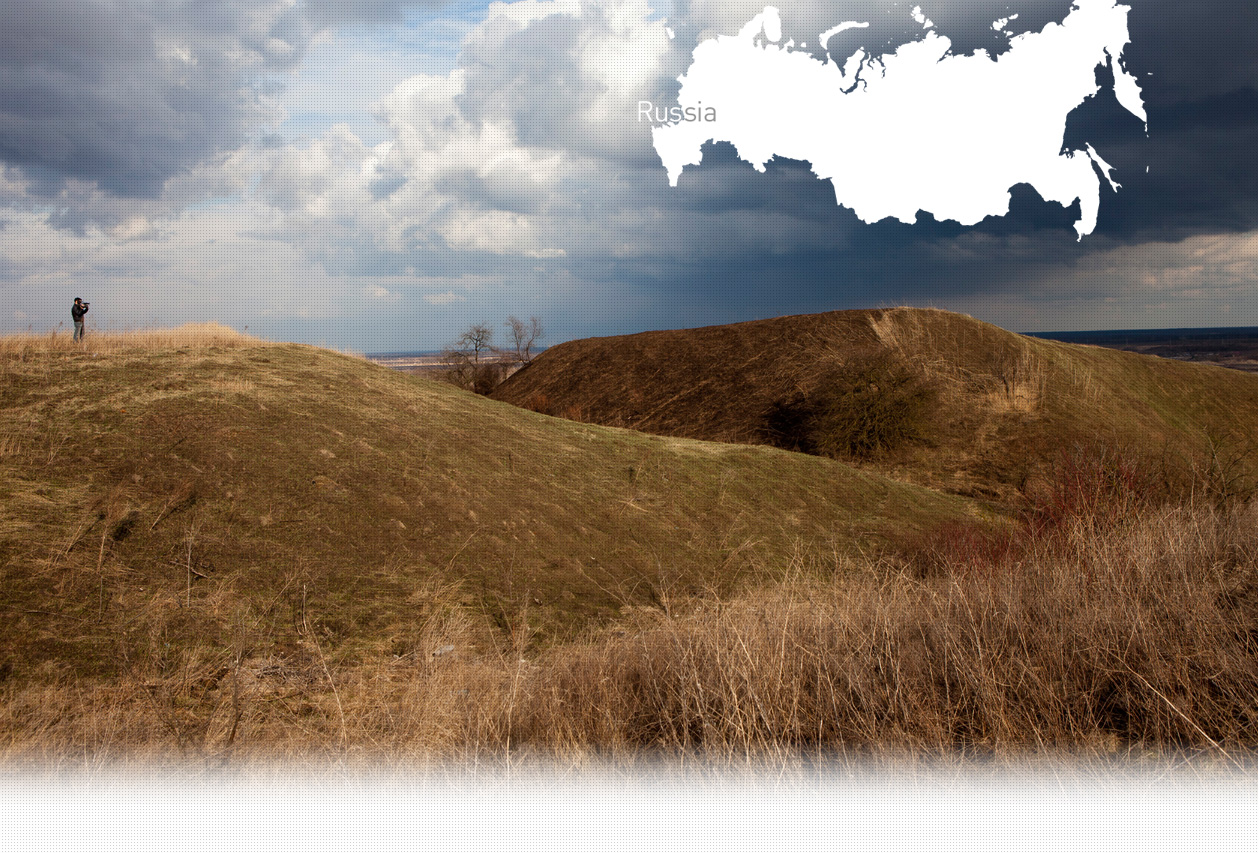

2 Killing site(s)
Yuriy K., born in 1930, discussed the medical experiments conducted by Germans on the civil population: “It happened in the summer of 1942. The Germans gathered the locals in the street and injected them with something in their chests. I don’t know what kind of injection it was, but everyone had to get three injections. I only had one, because I didn’t want to get injected, so I hid the next time they called people up.
YIU: Where did the Germans gather you all?
W: It was the police who would pass the orders to people to gather at a certain time and place. The injections were made in the building located opposite the modern day post office. The villagers were summoned there. We had to wait in the street close to the building before being called in groups of three to go inside and get the injection.
YIU: Who made the injections? Germans or Russians?
W: I don’t remember who they were anymore, but they were most probably Germans.” (Witness n°176R, interviewed in Nevel, on July 3, 2011)
“As a witness to the events, I saw how the entire [Jewish] population, about 1,800 people, was taken away on trucks along the Leningrad Road, to a place 1,000m from Golubaya Dacha at the beginning of September 1941, starting from noon on a Saturday. I heard the men being shot until nightfall. Some 1,800 peaceful Soviet civilians were shot there and buried in pits at the site of their execution.” [Deposition of Aleksandra Bolotnikova, born in 1920, given to Extraordinary State Commission (ChGK) on December 20, 1943; GARF 7021-20-15]
“Sonderkommando 7a carried out another Aktion against the Jews in Nevel, in which 74 people were shot. The Aktion was carried out as a punitive measure for arson committed by the Jews in Nevel. According to the voluntary confession of many Jews, many members of that race participated in arson that destroyed the center of the town, which had only been slightly damaged during the fighting.” [Operational situation report USSR No. 73 of Einsatzgruppe B; drawn up on September 4, 1941; From Yitzhak Arad, Shmuel Krakowski and Shmuel Spector, eds., The Einsatzgruppen Reports (New York, 1989), pp. 122, 152.]
Nevel is a town located on Lake Nevel 242 kilometers (150 mi) southeast of Pskov, founded in the 16th century. During the 17th-18th centuries, Russia and the Polish-Lithuanian Commonwealth fought for control over Nevel. From 1772, the settlement was under the control of the Russian Empire. A year later, it received city status. The first records of the Jewish community date back to the 18th century. The town was part of the Pale of Settlement. According to the Polish census of 1765, 388 Jews lived in Nevel. By 1850, the Jewish population had increased. The majority of Jews lived off handcrafts or small-scale businesses and commerce. At the beginning of the 20th century, 70% of the total population of Nevel was Jewish. The city had 15 synagogues and prayer houses. In 1925, the unofficial Committee of Rabbis in the USSR established the Nevel Seminary for rabbis and ritual slaughters. During the 1920s, there was a Jewish theater and a drama club, a library and two schools. In the 1930s the Soviet regime shut down all the cultural and educational institutions, including the synagogues. On the eve of the war, in 1939, 3,178 Jews remained in the town making up 20% of the total population.
Nevel was occupied by Germans on July 15, 1941. Before their arrival, many of Nevel’s Jews had managed to evacuate the town, along with refugees who had fled from other localities. Shortly after the occupation, all the remaining Jews were marked with distinguishing white armbands. On August 7, they were rounded up and taken 2km away, along the Leningrad Road, to Golubaya Dacha where a ghetto had been set up in several buildings. Alongside the Nevel Jews, Jews from the nearby localities such as Petino, Plissy, Novokhovansk, Topory were also confined in the ghetto. The ghetto was one of the first ghettos in the Pskov region to be liquidated, on September 6, 1941. That day, members of the Einsatzgruppe B divided the victims (according to different sources there were between 640 and 1,800 of them) into two groups. The first group (only males) was taken to a field located 1km away of the ghetto where they were forced to dig two pits. When they had finished, they were accused of committing arson and shot into one of the pits. The second group (children, women and the elderly) was marched to the same site and killed in turn in the second pit.
Do you have additional information regarding a village that you would like to share with Yahad ?
Please contact us at contact@yahadinunum.org
or by calling Yahad – In Unum at +33 (0) 1 53 20 13 17